1. Hebrew
Year: 10th century BCE
Country/Area of Origin: Israel
Number of speakers: Over 9 million people worldwide
The Hebrew language is the only living Canaanite language that is still in use at present. The earliest Hebrew writings that have been discovered, dating back to 3,000 years ago. Somewhere between 200 and 400 CE, people stopped using Hebrew as their spoken language, and eventually, it started dying. However, in the 19th century with the rise of Zionism Hebrew went through a revival process and started being used as the modern spoken language. At present, Hebrew is the official language of Israel with 5 million native speakers.

Hebrew writing on a scroll
2. Basque
Year: Unknown
Country/Area of Origin: Basque country
Number of speakers: 750,000 people approximately
Basque is one of the living languages amongst the pre-Indo-European languages that are mostly extinct today. The language holds many mysteries, as scientists to date have not been able to determine the time of its origin. It is believed that this language dates back to prehistoric Europe. The Basque language is mainly spoken by the Basque people residing in parts of France and Spain and is also considered as one of the oldest languages in Western Europe.
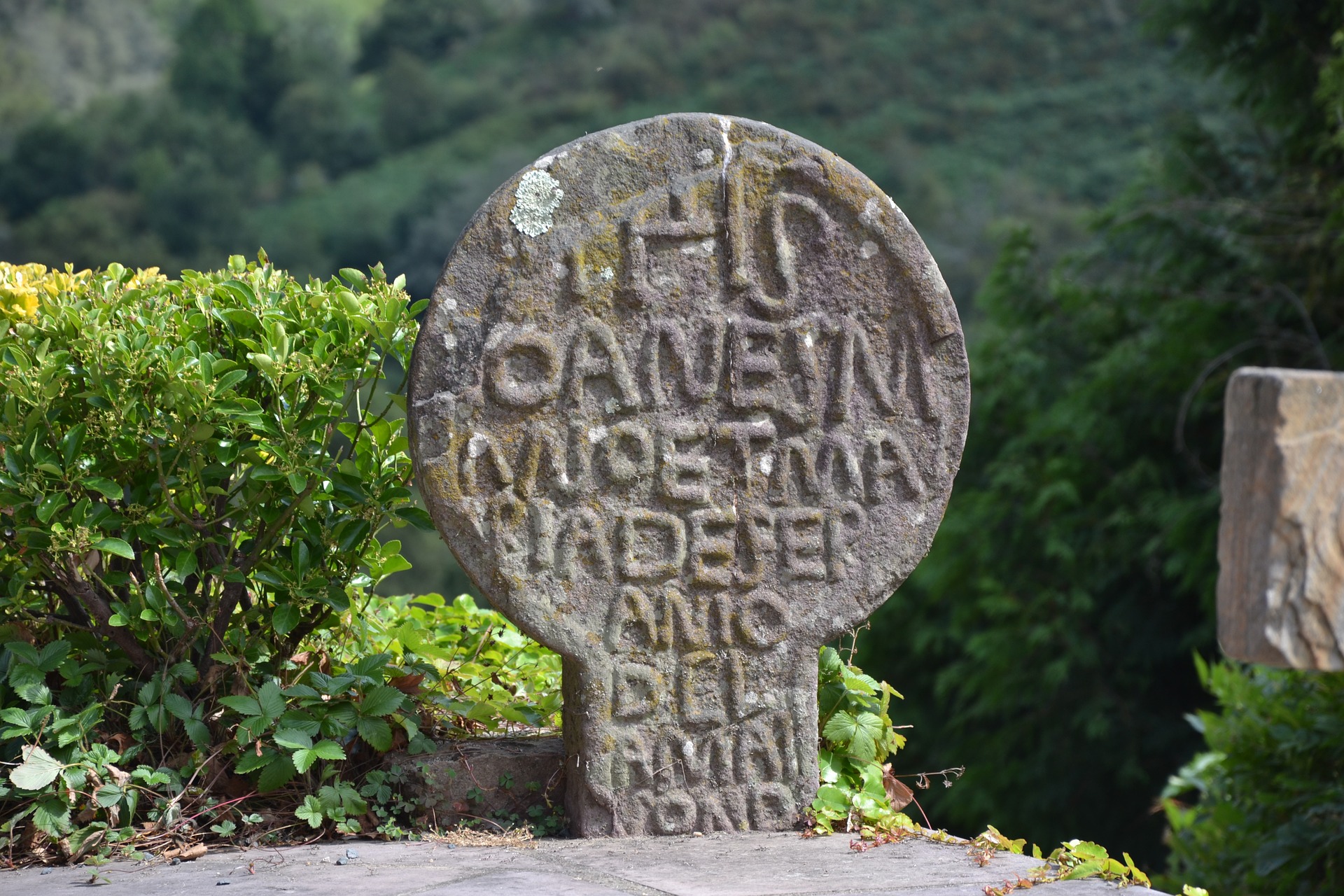
A stone cross in the Basque language
3. Tamil
Year: 300 BCE
Country/Area of Origin: India and Sri Lanka
Number of speakers: Over 80 million approximately
Tamil is one of the classical languages surviving till date. Tamil-Brahmin inscriptions from 300 BCE have been found, and the language is believed to be more than 2000 years old! This ‘Dravidian language’ is currently the official language of 2 countries: Sri Lanka and Singapore and the official language of the Indian state of Tamil Nadu. Apart from this, the Tamil language is also recognized as a minority language in Malaysia, Mauritius, and South Africa.
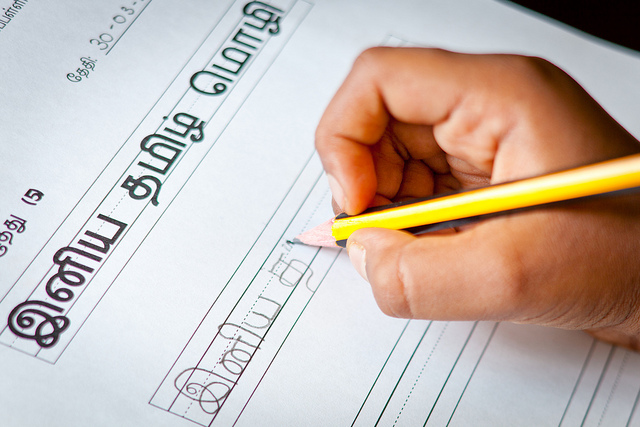
Tamil language writing
4. Arabic
Arabic is the fifth most spoken language in the world, with 270 million native speakers. It is also an official language of 26 states, the third most after English and French, and the liturgical language of Islam. The language originated on the Arabian Peninsula, and since then has spread over the Middle East and North Africa. Many European languages have been influenced by the Arabic language and have been used in their vocabulary. Additionally, Arabic has influenced numerous languages around the globe throughout its lifetime, including Hindi, Bengali, Urdu, and Spanish.
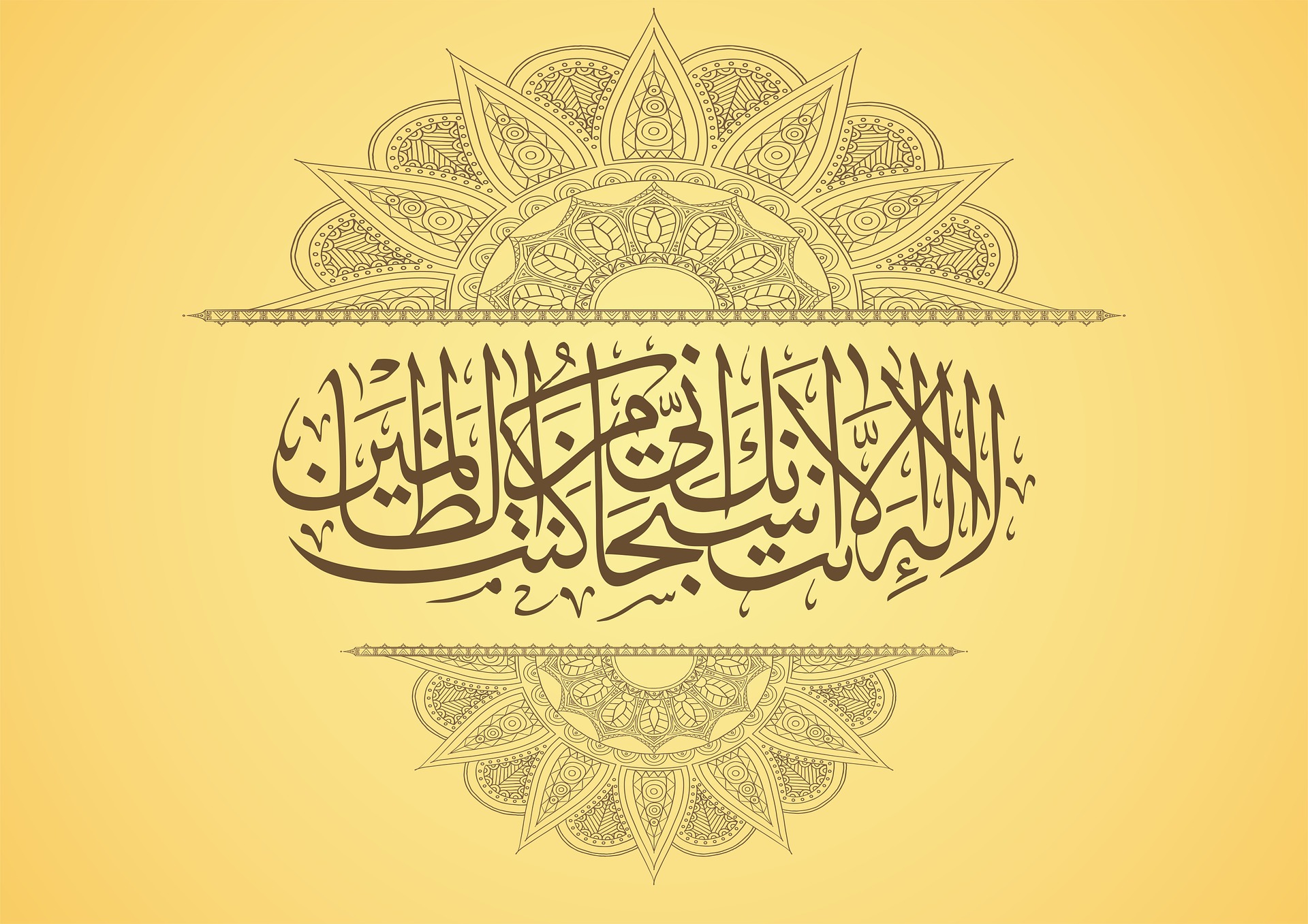
Calligraphy writing in the Arabic language
5. Farsi/ Persian
Year: 600 BCE
Country/Area of Origin: Iran
Number of speakers: 110 million people approximately
Persian (also known as Farsi) the language of the Achaemenid Empire is one of the oldest languages that is still being spoken in parts of Iran, Afghanistan, Tajikistan. The Persian language that is being spoken today or the Modern Persian evolved from Old Persian around 800 CE and has mostly remained the same with small changes. Over the years, the Persian language also exerts its influence on various neighboring languages; especially on Urdu. Persian is known as Dari in Afghanistan and Tajiki in Tajikistan and Uzbekistan, but both are originally Persian with minor changes.
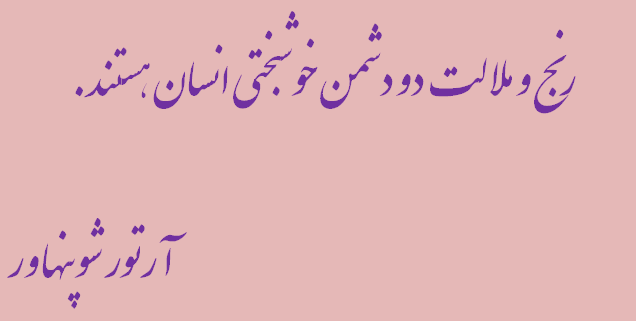
The two foes of human happiness are pain and boredom (Quote) in the Persian language - Arthur Schopenhauer
6. Greek
Year: the earliest written evidence dates back to 1450-1350 BCE
Country/Area of Origin: Greece
Number of speakers: 13 million people approximately
The Greek language is a member of the Indo-European language family, native to Greece, Cyprus and other parts of the Eastern Mediterranean. It is the official language of Greece and Cyprus (nominally alongside Turkish) and the European Union. The language is also recognized as a minority language in parts of Italy, Albania, Armenia, Romania, Hungary, and Ukraine. At various times in the past, the Greek alphabet has also been adopted to write other languages as well, namely Hebrew, Arabic, Turkish, etc. The Greek symbols also find their importance in mathematics, physics, and other scientific fields.
It also has a long and well-documented history of any living Indo-European language, spanning more than 34 centuries!

Road signs in the Greek language
7. Chinese
Year: 1250 BCE
Country/Area of Origin: China and parts of Southeast Asia
Number of speakers: 1.2 billion approximately
The Chinese language is a part of a language family called the Sino- Tibetan family of languages. Approximately, 1.2 billion people (around 16% of the World population) speak some form of Chinese as their first language. The earliest Chinese written records are believed to be from 1200 BCE from the Shang dynasty- era. But some scholars believe that the language has roots in the Yangshao culture. At 5000-4000 BCE, the remains of the pottery from Yangshao currently hold the Guinness World Record for the earliest written language. The most spoken language of the world is also one of the official languages of the United Nations, as well as the official language of China, Taiwan, and Singapore.

A storefront in China
8. Lithuanian
Year: Assumed to be 1500 AD
Country/Area of Origin: Baltic region
Number of speakers: 3 million people approximately
Lithuanian is an Indo-European language whose written text records date back to the 16th century. The language is considered the most conventional Baltic language and is related to ancient languages, such as Sanskrit, Latin, and Ancient Greek. It is the official language of Lithuania as well as one of the official languages of the European Union and has about 3 million speakers worldwide.
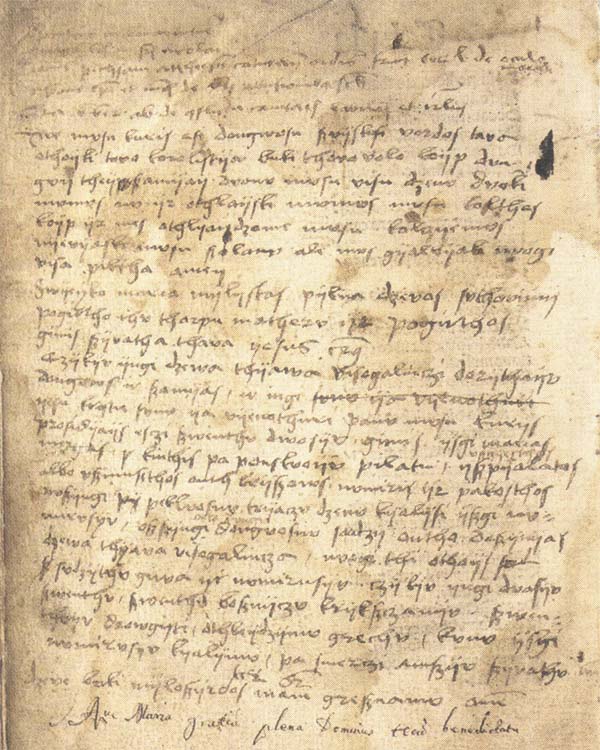
Manuscript from the 15th century written in Lithuanian language
9. Icelandic
Year: oldest preserved texts were written around 1100 AD
Country/Area of Origin: Iceland
Number of speakers: 358,000 people
Icelandic is a North Germanic language of the Indo-European language family and the language has preserved many of the features of the Indo-European languages. The language was brought in Iceland by the Norse settlers. Later, during the Danish governance in the country from 14th to the 20th century the language did not see much influence from them. Therefore, the language mainly remains unchanged to date and the Icelandic speakers can easily read the sagas that written centuries ago.
Icelandic is the official language of Iceland spoken by nearly 358,000 people worldwide. Some speakers live in Denmark, the United States, and Canada.
Road sign in the Icelandic language
10. Irish Gaelic
Year: 4 Century AD
Country/Area of Origin: Ireland
Number of speakers: 1.2 million people approximately
Irish is a Goidelic language (Gaelic) of the Indo-European language family that existed around the 3rd or 4th century CE. Today approximately 1.2 million people speak the language, of which maximum speakers live in Ireland. Irish is the national and official language of the Republic of Ireland and is an officially recognized minority language in Northern Ireland. The language is also recognized as one of the official languages of the European Union. Although sadly, according to UNESCO, it is ‘definitely endangered.’

ConversionConversion EmoticonEmoticon